The Afterburn Effect–formally known as EPOC–is the cute name (because the fitness industry loves giving everything a cute name) for an idea that’s been around for years.
This so-called Afterburn Effect, people will say, is where the real fat loss benefit of strength training lies. You lift weights which boosts your metabolism turning you into some kind of human furnace burning hundreds, if not thousands, of calories after the workout ends.
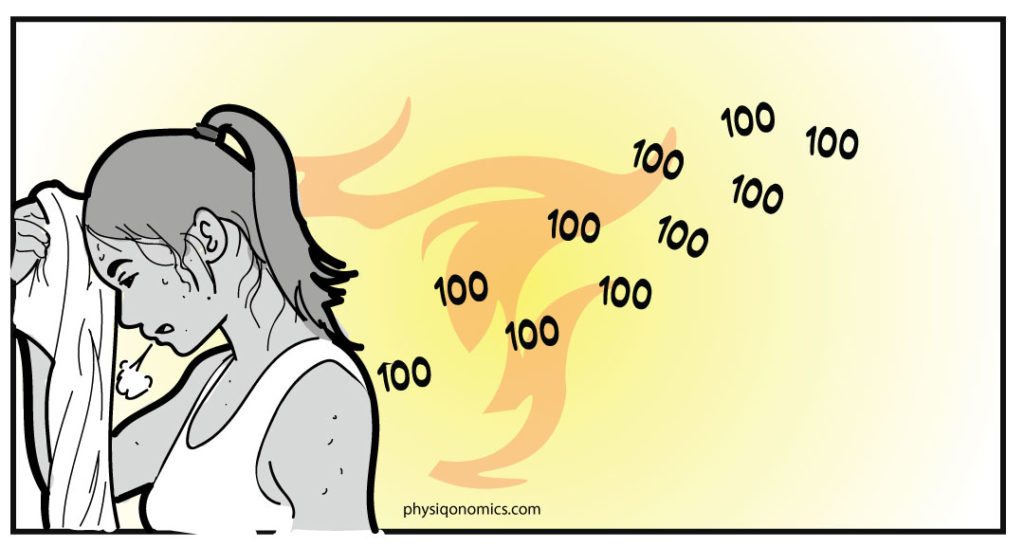
Unfortunately, like with most things in the fitness world, these claims have been greatly over-exaggerated.
There is an increase in metabolic rate after lifting but it’s nothing to get excited about.
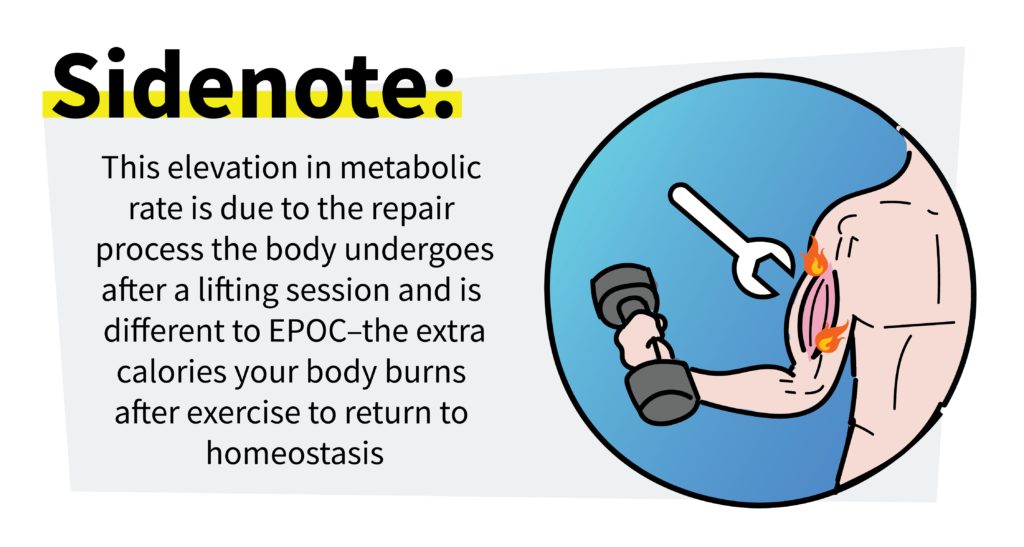
A 2011 study by Heden T et al. investigated this supposed afterburn effect.
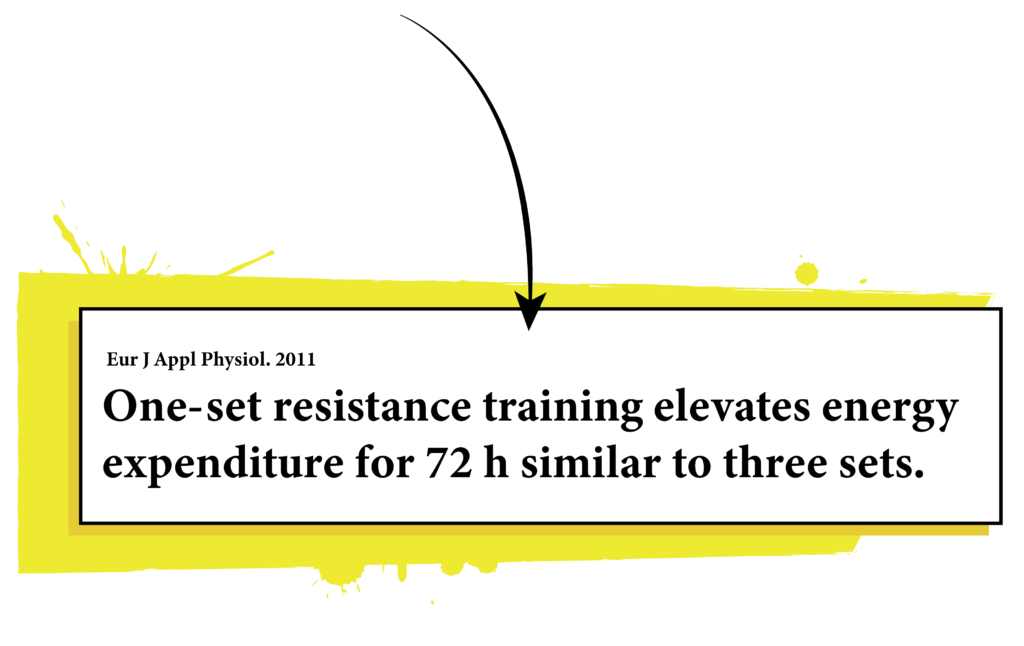
While there was an increase in metabolic rate, it was only about ~96 kcal/day in the first 24 hours, dropping to about ~30kcal per day by the 72-hour mark.
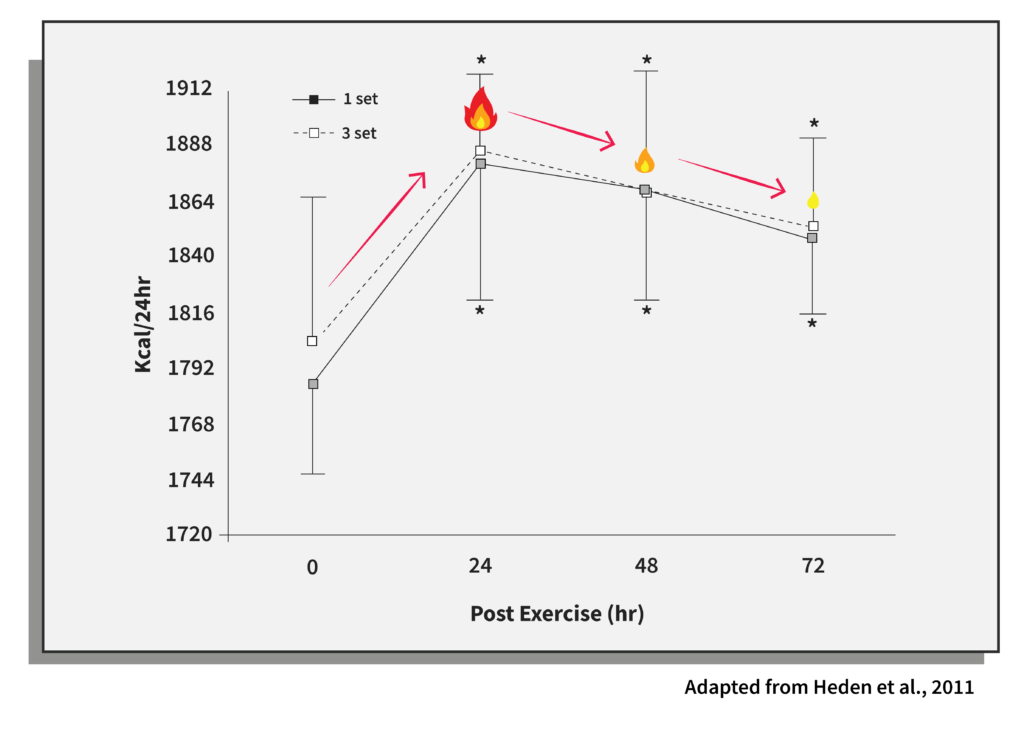
Mukaimoto & Ohno (2011) observed the afterburn effect after three different resistance training protocols ranging in intensity to be between ~80kcal to ~106 kcal, returning back to baseline within three hours of finishing the sessions.
But what about protocols that utilise high-intensity techniques like supersets and circuit-training?
A 2010 study published in the Journal of Strength and Conditioning looked at just that.
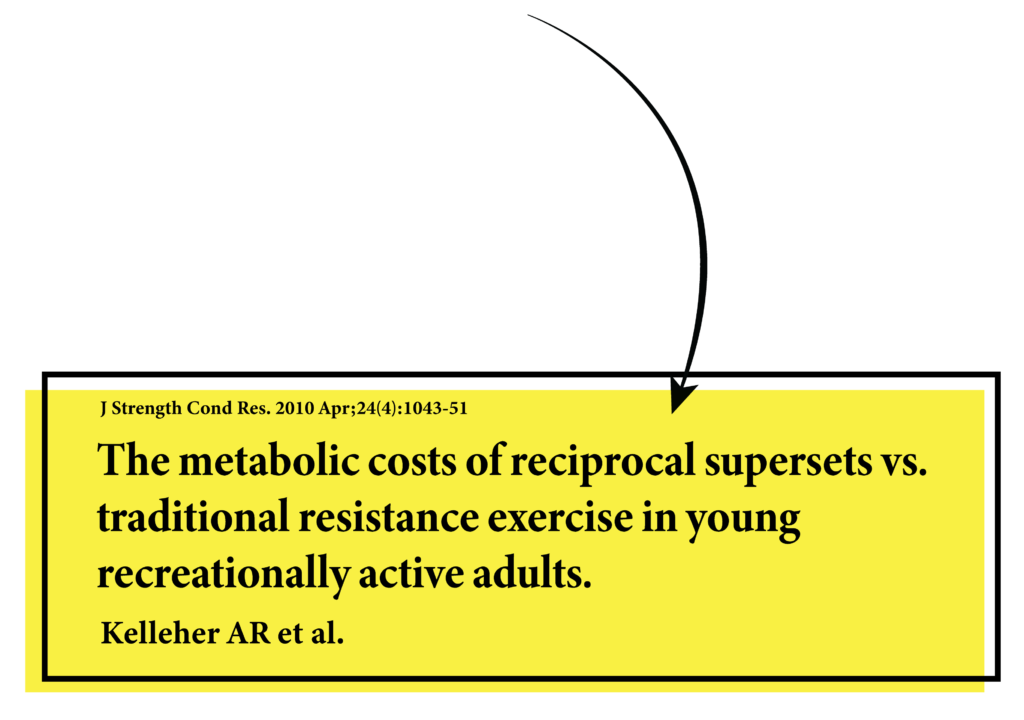
One group performed two exercises back-to-back without resting (superset) while the second group rested for a minute between sets (traditional strength training).
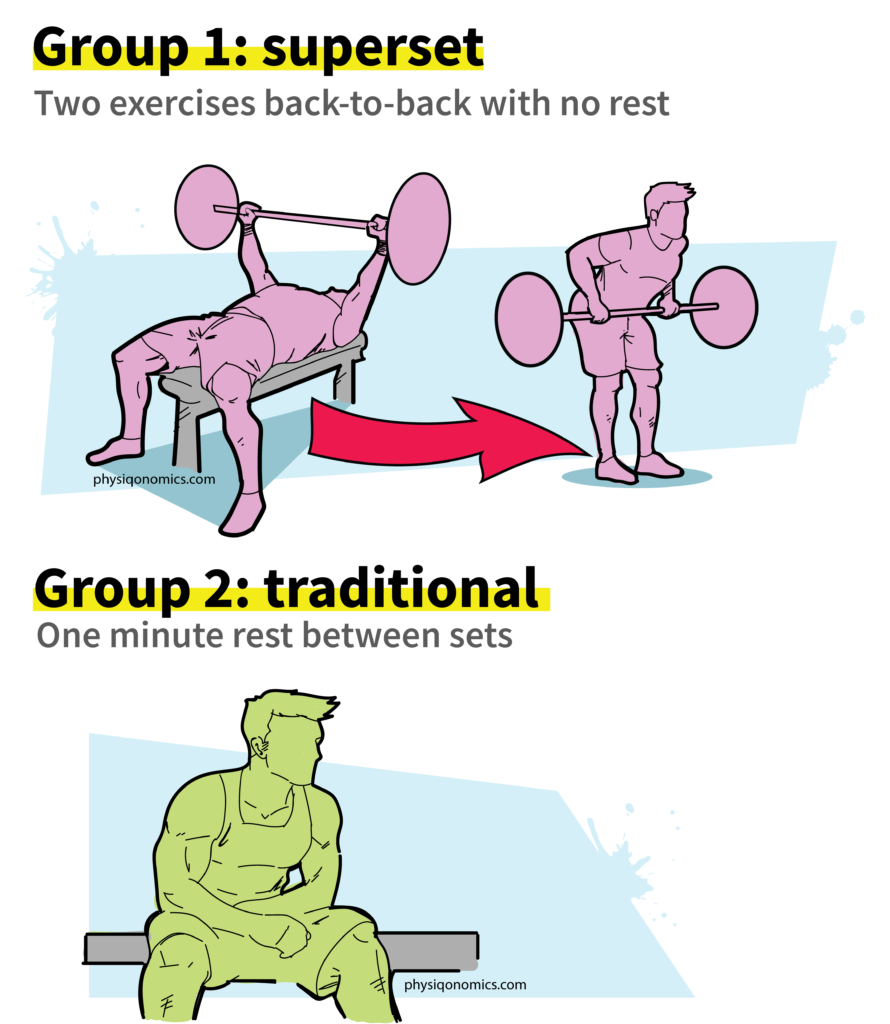
The superset group did experience a bigger Afterburn Effect than the traditional group, but it was so small it’s not even worth considering:
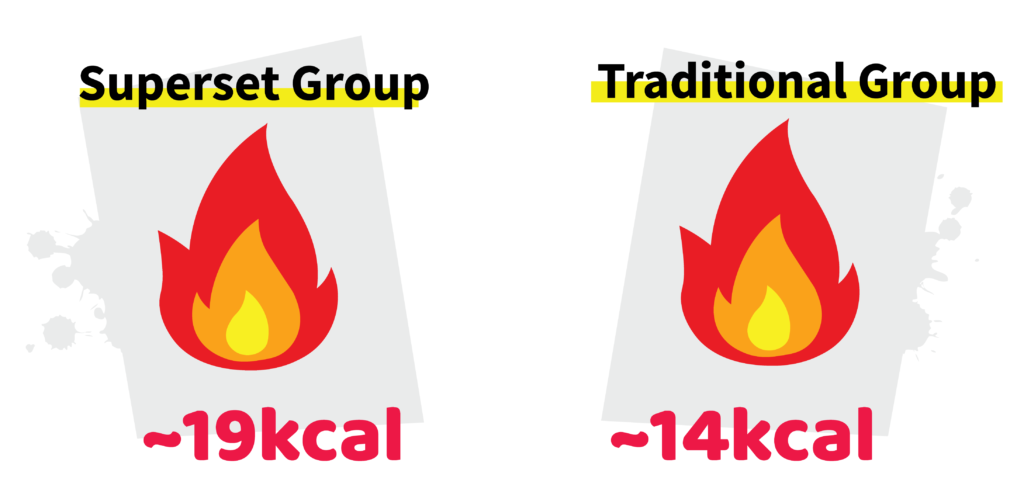
Even research into the afterburn effect in circuit-style weight training (a common training approach for fat loss) found the calorie expenditure in the hours following the workout was negligible: ranging from ~19kcal to ~50kcal.
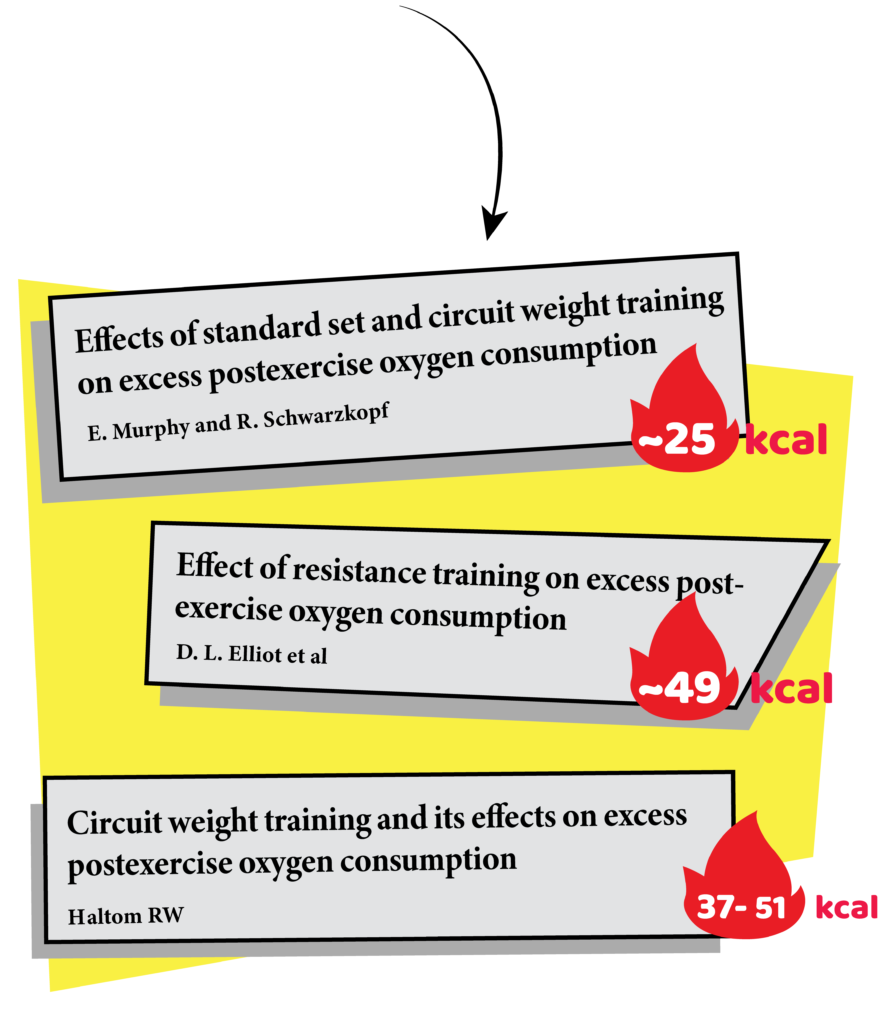
In conclusion: yes, there is an elevation in metabolic rate after strength training but it’s nowhere near the amount some people like to think and it certainly isn’t going to impact fat loss to an extent even worth considering.
There are no special ‘fat-burning’ workouts. The goal of strength training in a deficit is to maintain and build muscle–the calorie deficit will handle the fat burning.